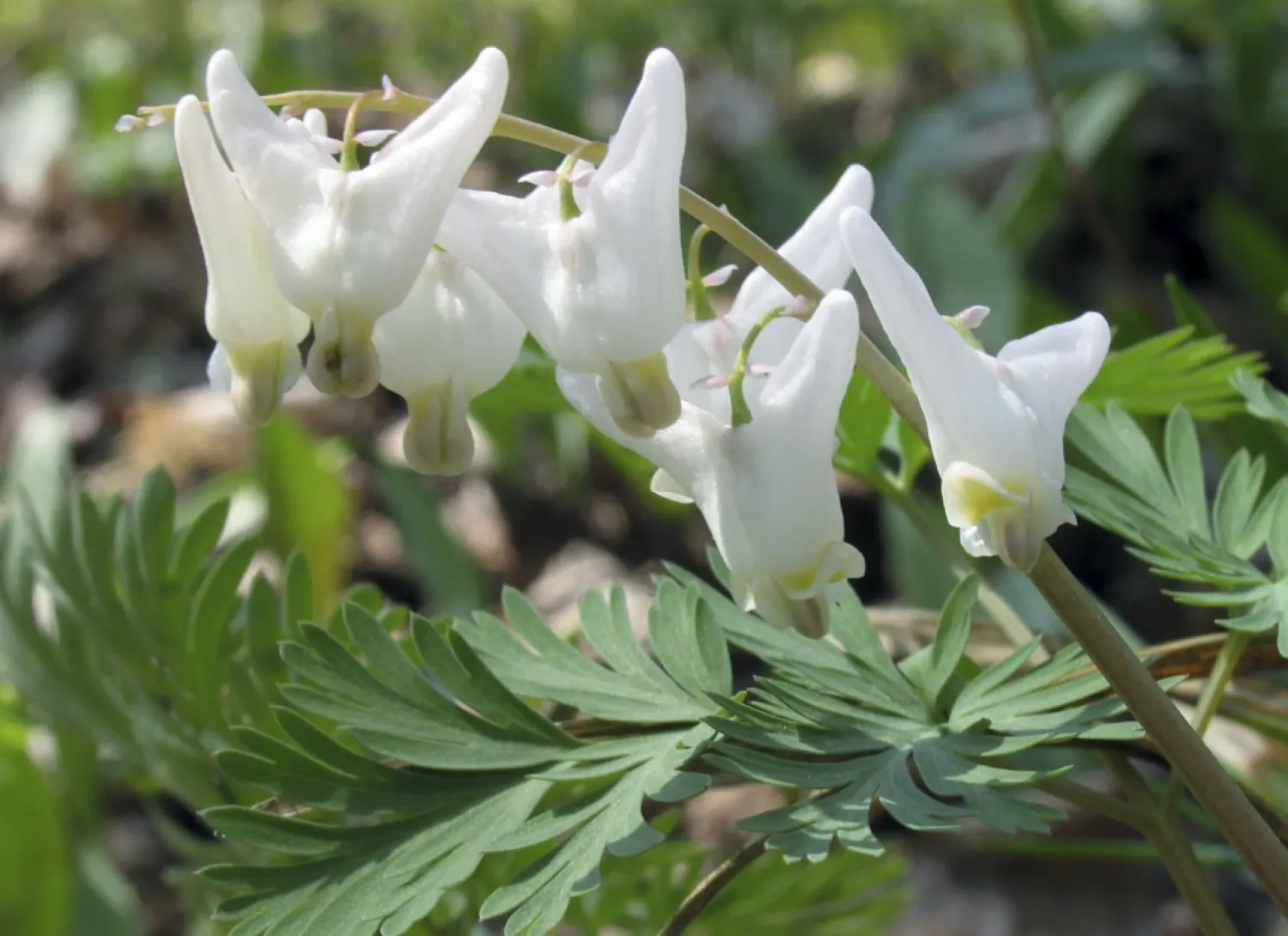Spring brings the return of color to the garden as bulbs bloom, perennials re-emerge, and new annuals settle in. But there’s a less common category of plants that’s also worth knowing: native spring ephemerals.
Compared to most garden plants, ephemerals are fleeting, but their role in bridging the gap between winter and spring is invaluable.
Ephemerals come to life in very early spring to take advantage of the season’s increased soil moisture, early spring rains and the availability of sunlight under leafless trees.
They poke up, grow quickly, put on a colorful show and then go dormant all within 6 to 8 weeks, typically from when the last snow melts to when the trees leaf out. And unlike plants that leave fading foliage behind, ephemerals retreat without a trace — or nearly so — allowing you to take advantage of the precious real estate left behind for later-season, shade-loving perennials, The AP news reported.
Early food for insects, and a sight for sore eyes Native ephemerals' role in nature is to feed starving insects that emerge from dormancy at a time when other food is scarce. But they also provide flowery accents for garden-starved humans at a time when landscape color is scarce.
Plant potted ephemerals or their corms or rhizomes in either spring or early fall. If sowing seeds, do so in late summer or early fall to allow time for growth and root establishment before winter. Either way, select a spot under deciduous trees that receives temporary spring sunlight and has well-draining, acidic soil (exceptions are noted below).
A generous helping of compost, mixed into the soil, will provide nutrients, and a 2-inch layer of mulch will insulate and protect roots while dormant.
Fertilizer isn’t absolutely necessary, but a dose provided when buds begin to form in spring will boost flower size.
In fall, dig up and divide overgrown ephemerals, if necessary, and give the area a good watering to help prepare them for winter. Because the plants will likely disappear underground by mid-summer, marking their spots with popsicle sticks in spring will make finding them easier.
Here are 10 native spring ephemerals to consider: Azure bluet (Houstonia caerulea) — Small, pale-blue flower with yellow center and rosette leaves. Sow seeds just below the soil surface. Grow in rock gardens or in the lawn, but don’t mow until plants have set seed for the following year. Grows 8 inches tall.
Bloodroot (Sanguinaria canadensis) — One large, broad leaf and one orange-centered white flower per plant, each on its own stem. Spreads quickly to form a ground cover. Grows 12-14 inches tall.
Calypso orchid, fairy slipper (Calypso bulbosa) — A single, dainty, purple-magenta-yellow-white blossom atop a slender stem with a single leaf. Thrives best in shade or part shade and can handle alkaline soil. Grows 2-8 inches tall.
Dutchman’s breeches (Dicentra cucullaria) — Deep-cut, feathery foliage, slender stems and drooping, fragrant white flowers. Note to parents and pet owners: All of its parts are toxic, but only if consumed in large quantities; causes minor skin irritation when touched. Beneficial to bumblebees. Grows 10 inches tall.
Fringed bleeding hearts (Dicentra eximia) — Not to be confused with the Asian bleeding heart (Lamprocapnos spectabilis), this US native has light-green, fernlike foliage and clusters of drooping, heart-shaped pink flowers on mounding plants. Thrives in moist, rocky soil and prefers part-shade to shade. Attracts birds. Grows 1-2 feet tall.
Great white trillium (Trillium grandiflorum) — A triplet of oval leaves surrounds a solitary large white flower that turns pink as it matures. Berries and roots have a low toxicity, but only if eaten. Thrives in sun to shade. Grows 1-3 feet tall.
Virginia bluebells (Mertensia virginica) — Pink, but opens to reveal blue flowers on arching, branched stems. Prefers part shade or shade, and moist, rocky soil. A colonizing, rapid spreader. Grows 1-3 feet tall.
Rue anemone (Thalictrum thalictroides) — Pink or white flowers on maroon stems with whorled leaves. Prefers partly shady conditions. Note to parents and pet owners: All parts of this plant are toxic, but only if eaten in large quantities; contact with sap will cause irritation. Grows 9 inches tall.
Trout lily (Erythronium americanum) — Blotchy leaves and red-tinged, nodding yellow flowers with curled-back petals. Will perform best in full sun but can handle part shade. Does not transplant well, so leave it in place once planted. Grows 8 inches tall.
Twinleaf (Jeffersonia diphylla) — Each leaf is divided into two lung-shaped leaflets, with white, star-shaped flowers atop leafless flower stalks. Petals are delicate and can be blown off by wind. Grows 1-3 feet tall.







